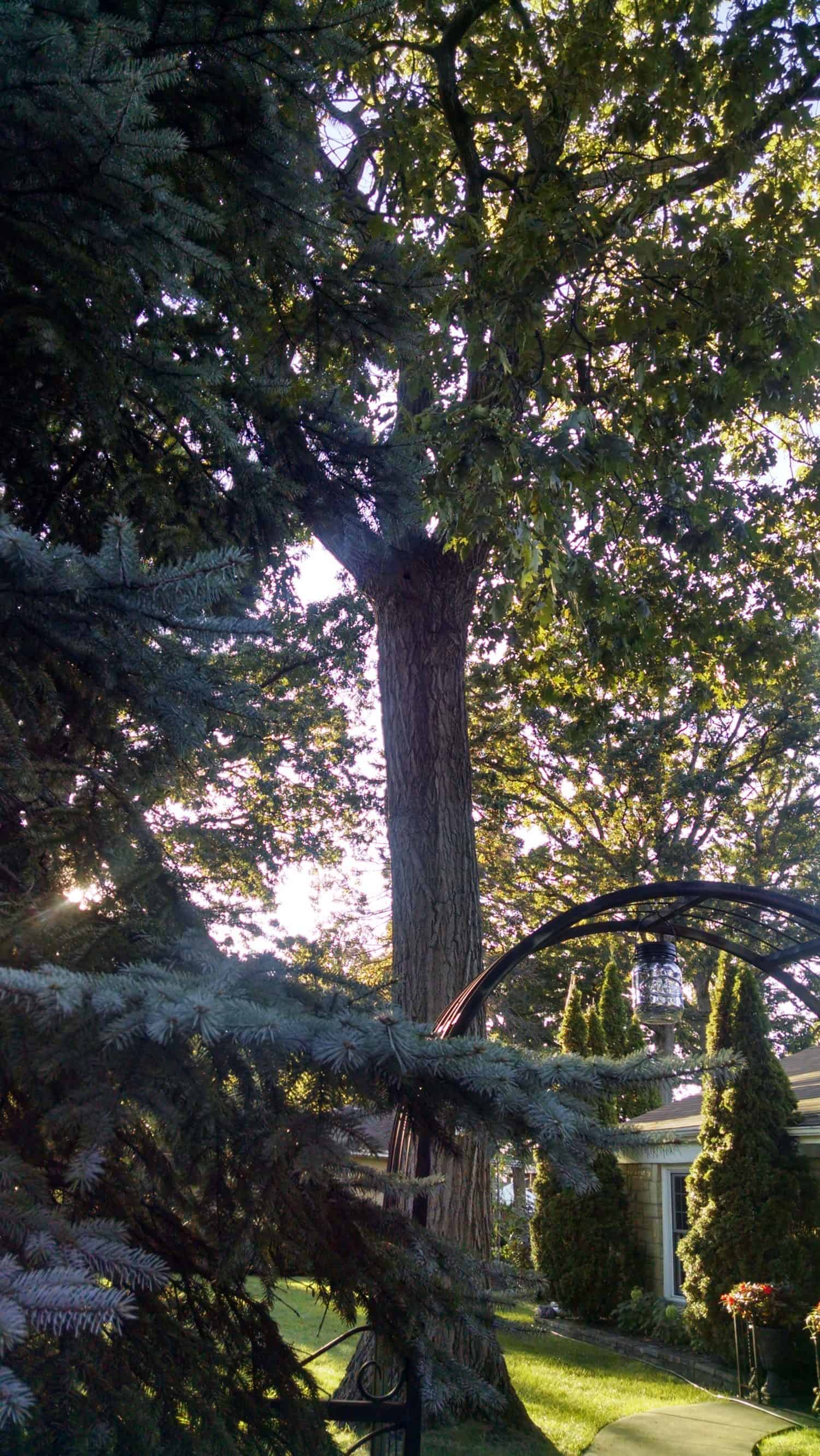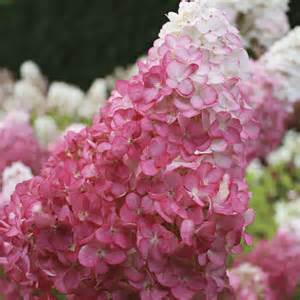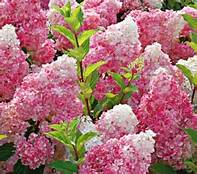It was still and silent as man and beast sought refuge in the cool, dark places tucked away from the afternoon sun – harboring both life and spirit. Subdued and lifeless, the birds were mute, the perennials wilted, and the grass recoiled under the weight of the heat and humidity. The dog days of Summer have arrived early, and they hardly ever bring rain.
One might say we’re in a bit of a drought, and as we had discussed last week, intervention may be required in the form of supplemental watering, but some of our trees, especially Oaks, are already behind the eight ball.
In 2012, the area suffered a fairly serious drought, and according to the University of Illinois, the effects are beginning to show themselves four years later as some of our older trees are on the decline.
It’s a common misconception that “large trees won’t be harmed by drought because they have large root systems”, says U of I, but in fact, they can be affected and don’t usually exhibit signs until 3-5 years after a drought. The problem is the trees never fully recover. They remain alive during periods of extreme weather by relying on reserves which are eventually depleted, so the tree can no longer sustain long-term growth and are often left susceptible to disease and infestation. Enter Oak Wilt.
Oak Wilt is a stone cold killer, affecting trees in the Red and Black Oak groups (pointed leaf lobes, like Pin Oaks, Shingle Oaks, etc.). It’s a fungal disease that clogs the water conducting vessels of the tree. Once infected, large trees can die within a matter of weeks, and there is no cure. Typically, the tree begins to die from the top down. Leaves may turn dull green or tan, and newer, younger leaves may droop and curl. Leaf scorch generally follows until defoliation occurs.
Unfortunately, not much can be done to bring these trees back, whether it be drought damage or Oak Wilt, but we can take preventative measures by providing supplemental watering in periods of drought. Remember it’s better to water heavily but less frequently to encourage deeper root systems. Frequent, shallow watering often leads to shallow rooting, which is ultimately not good for the tree. It is also recommended that Oaks not be pruned during the growing season when sap beetles that carry the fungus are active. As always, reach out to Sweeney’s with any questions or concerns.
Plant of the Week:
First Editions Strawberry Sundae Hydrangea
Large conical-shaped flowers emerge white, change to pink and then strawberry red. Blooms June – September. Prefers sun to partial shade and moist, well-drained soil. Grows 3-4′ tall and 3-4′ wide. Attracts pollinators and is a great cut or dried flower.
“The tree is more than first a seed, then a stem, then a living trunk, and then dead timber. The tree is a slow, enduring force straining to win the sky.”
-Antoine de Saint-Exupery
Best wishes,
Kim Sweeney



